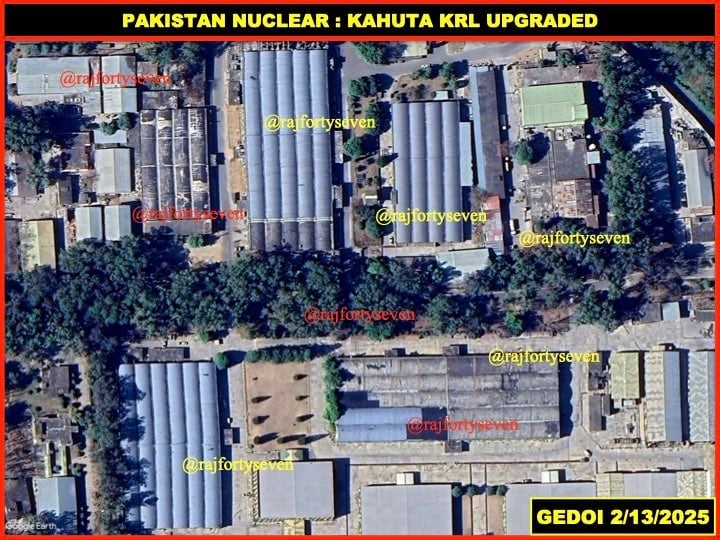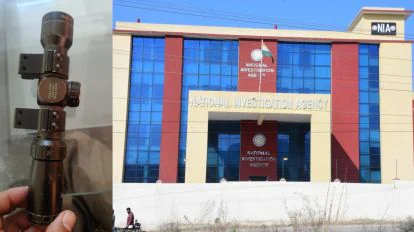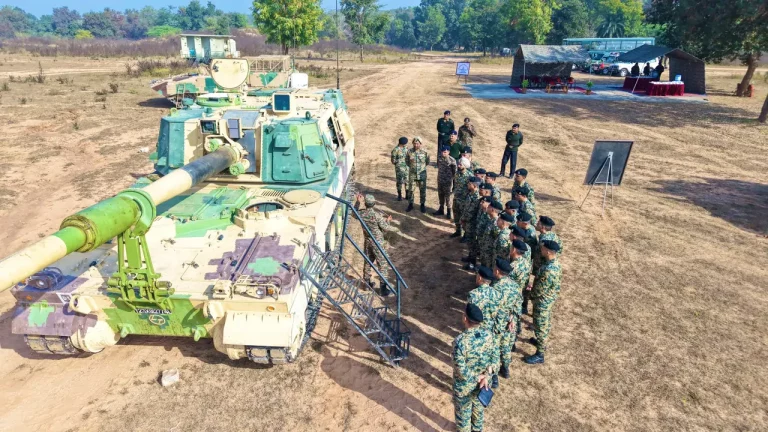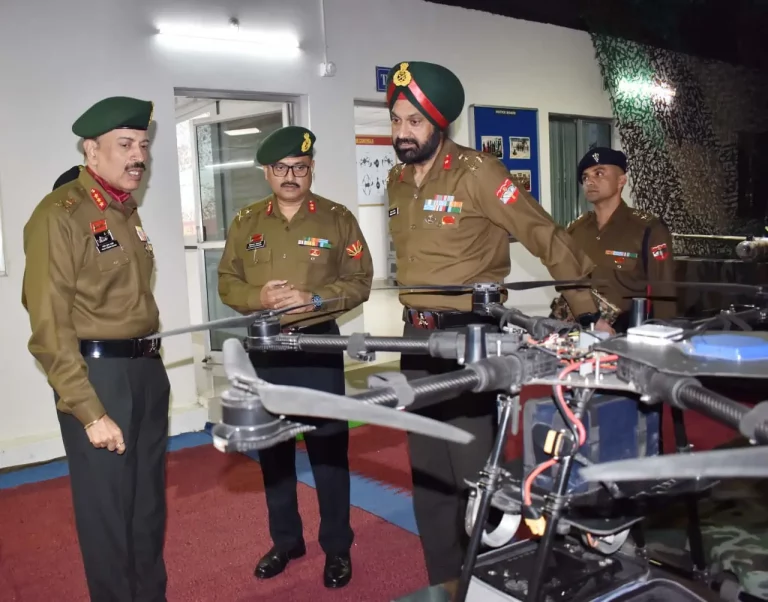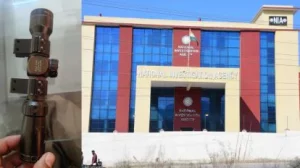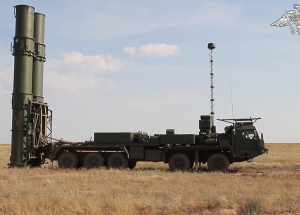In a concerning shift for regional security dynamics, recent analyses reveal that Pakistan is amassing nuclear fuel beyond what is necessary for its declared policy of minimum nuclear deterrence. This alarming information comes from Colonel (Retired) Vinayak Bhat, a seasoned expert in satellite imagery and a former Indian Army officer, who highlights enhancements at the Kahuta Research Laboratories (KRL).
Colonel Bhat, who has a track record of uncovering clandestine nuclear endeavors in Pakistan, shared a satellite image via the social media platform X. He remarked, “Pakistan, a terrorist nation, is accumulating more nuclear fuel than required for its minimum nuclear deterrence. The signatures at KRL Kahuta strongly indicate that Pakistan has upgraded all equipment and buildings to enhance enrichment and production of fuel for additional nuclear weapons.”
The KRL facility, located in Punjab, has been pivotal to Pakistan’s nuclear enrichment efforts. Bhat’s satellite observations indicate a significant expansion aimed at bolstering the country’s warhead production capacity.
According to estimates from the Federation of American Scientists, Pakistan currently fields approximately 170 nuclear warheads, positioning it as the world’s seventh-largest nuclear power. Alarmingly, experts from the Center for Arms Control and Non-Proliferation caution that Pakistan is not merely maintaining its arsenal but is actively modernizing it. Projections suggest that by 2025, the number of nuclear warheads could rise to between 220 and 250.
Colonel Bhat’s insights are particularly notable given his extensive military background, which spans 33 years, largely in sensitive areas such as Jammu & Kashmir and the Northeast. His expertise in the analysis of high-resolution satellite imagery has previously highlighted critical sites, including the Kirana Hills nuclear facility, which became a focus during India’s precision missile strikes in Operation Sindoor.
Pakistan’s approach to delivering its nuclear arsenal includes a range of systems such as aircraft, land-based ballistic and cruise missiles, and potentially even submarine-launched capabilities in the near future. The continued expansion and modernization of its nuclear stockpile occur against a backdrop of rising tensions with India and a precarious domestic economy. This situation raises significant concerns regarding the strategic stability of South Asia and the long-term intentions of Pakistan’s nuclear strategy.
International observers, alongside Indian defense analysts, are closely monitoring developments at the KRL. The ramifications of an expanding Pakistani nuclear stockpile could have profound implications for the security landscape of the subcontinent, prompting urgent discussions around regional deterrence and stability.
